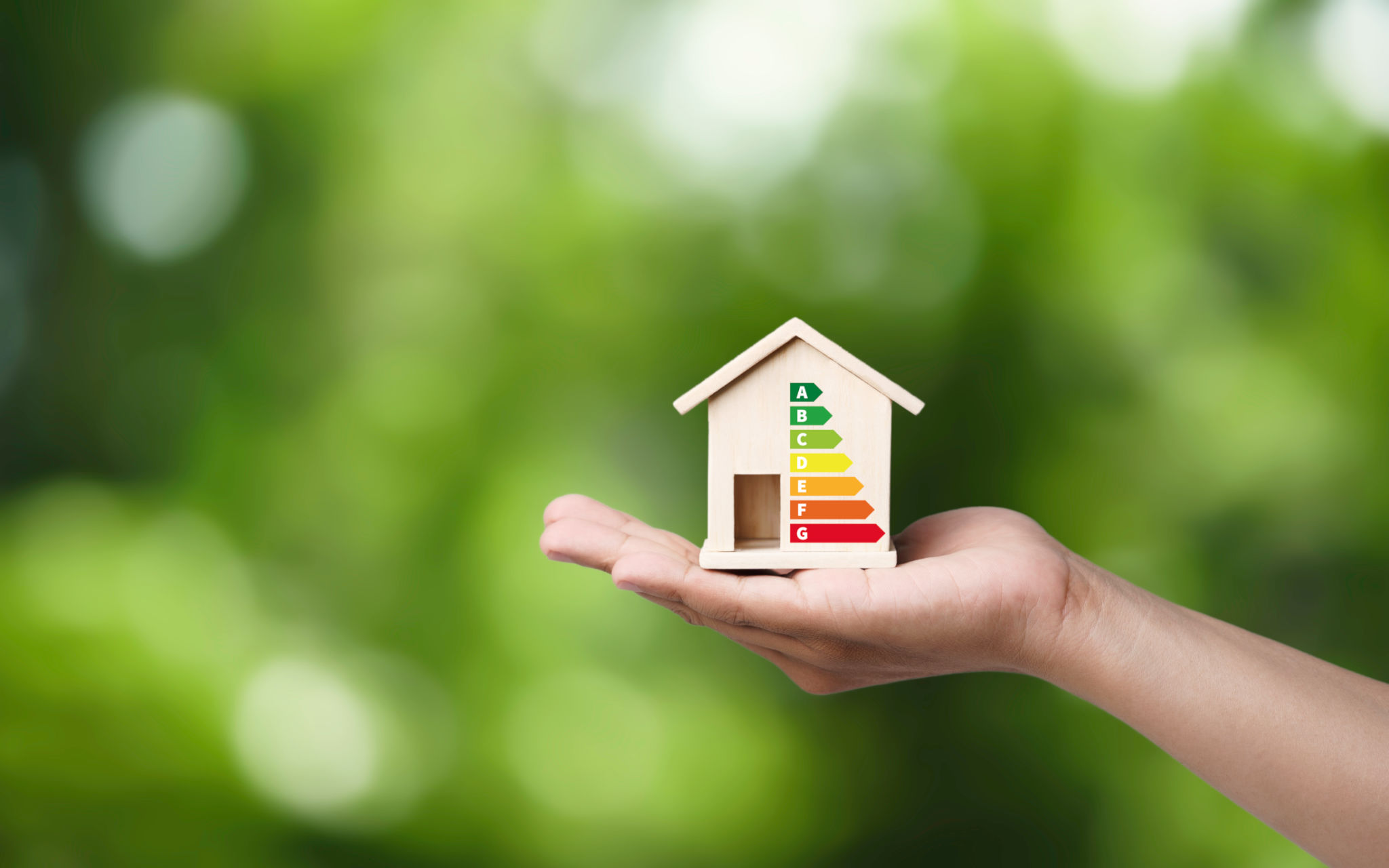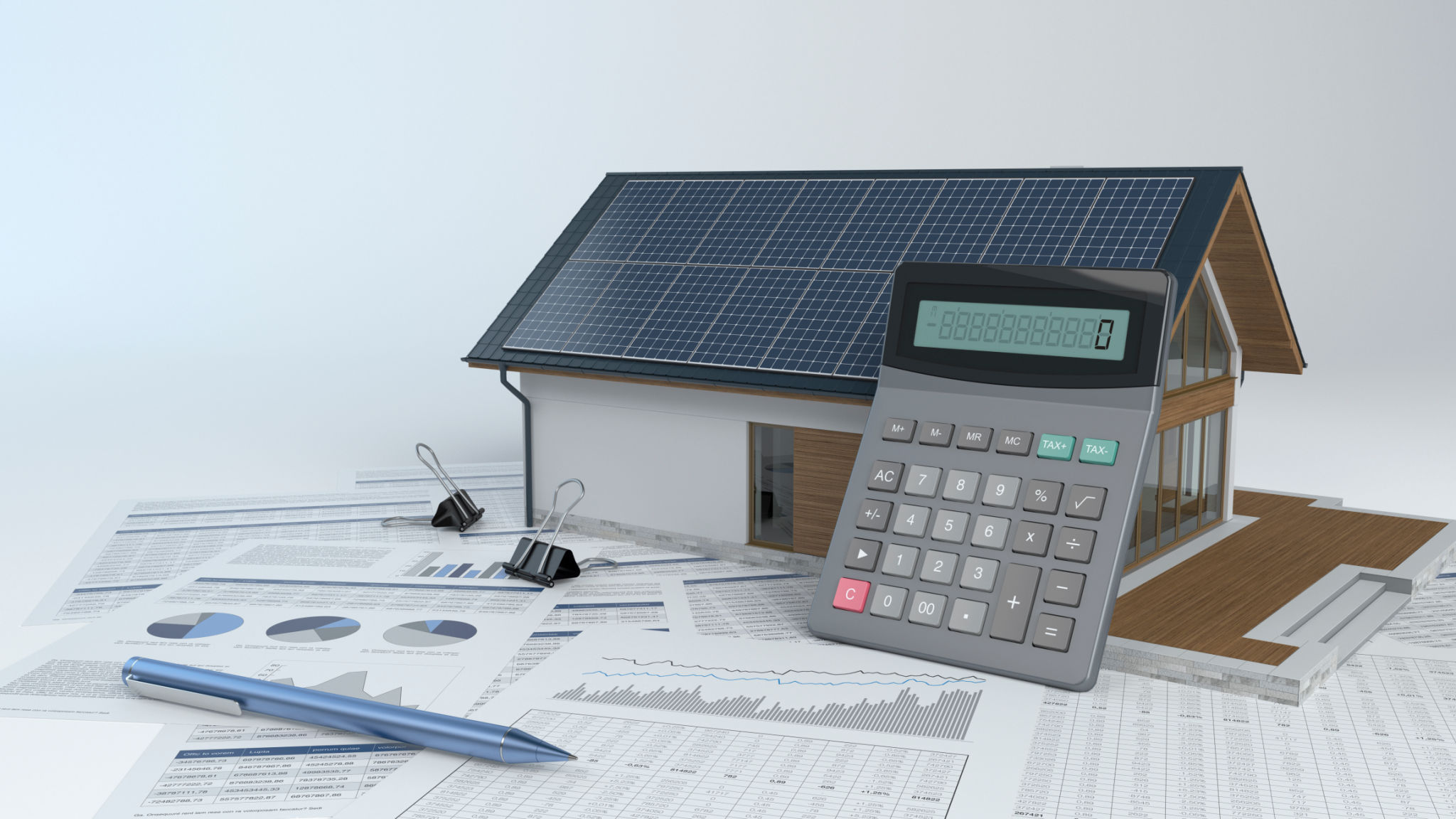Solar Energy Solutions for Spanish Enterprises: A Step-by-Step Implementation Guide
Understanding the Need for Solar Energy
As Spanish enterprises continue to grow, so does their energy consumption. Traditional energy sources not only contribute to environmental concerns but also increase operational costs. Solar energy offers a sustainable and cost-effective solution to these challenges. By harnessing the power of the sun, businesses can significantly reduce their carbon footprint while enjoying long-term savings.

The Benefits of Solar Energy for Businesses
Investing in solar energy brings numerous benefits to enterprises. Firstly, it provides energy independence, protecting businesses from fluctuating energy prices. Additionally, solar installations can enhance a company's brand image by showcasing its commitment to sustainability. Furthermore, government incentives and tax breaks make the initial investment more attractive.
Step 1: Conducting an Energy Audit
Before implementing solar solutions, it's crucial to conduct an energy audit. This assessment helps identify current energy usage patterns and potential areas for improvement. An energy audit provides a baseline for measuring the effectiveness of solar installations and can highlight other energy-saving opportunities within the organization.

Step 2: Evaluating Solar Potential
Once an energy audit is complete, the next step is to evaluate the solar potential of your property. Factors to consider include roof space, orientation, and shading. Partnering with a solar installation expert can provide a detailed analysis and recommend the most suitable system for your specific needs.
Step 3: Securing Financing and Incentives
Financing is a crucial aspect of solar energy implementation. Explore various options such as loans, leases, or power purchase agreements (PPAs). Additionally, take advantage of available incentives like government grants or tax credits to reduce upfront costs and improve return on investment.

Step 4: Installation and Integration
The installation process involves setting up solar panels and integrating them with your existing electrical systems. It's essential to work with a reputable installer to ensure compliance with local regulations and standards. Proper integration will maximize energy generation and optimize system performance.
Step 5: Monitoring and Maintenance
After installation, continuous monitoring is vital to ensure the system operates efficiently. Utilize monitoring software to track energy production and identify any issues promptly. Regular maintenance, such as cleaning panels and checking connections, will prolong the system's lifespan and maintain optimal performance.

Conclusion: Embracing a Sustainable Future
Implementing solar energy solutions is a strategic move for Spanish enterprises seeking sustainability and cost savings. By following this step-by-step guide, businesses can transition smoothly to solar power and enjoy the myriad benefits it offers. As more companies embrace renewable energy, they not only contribute to a greener planet but also pave the way for a more sustainable future.
